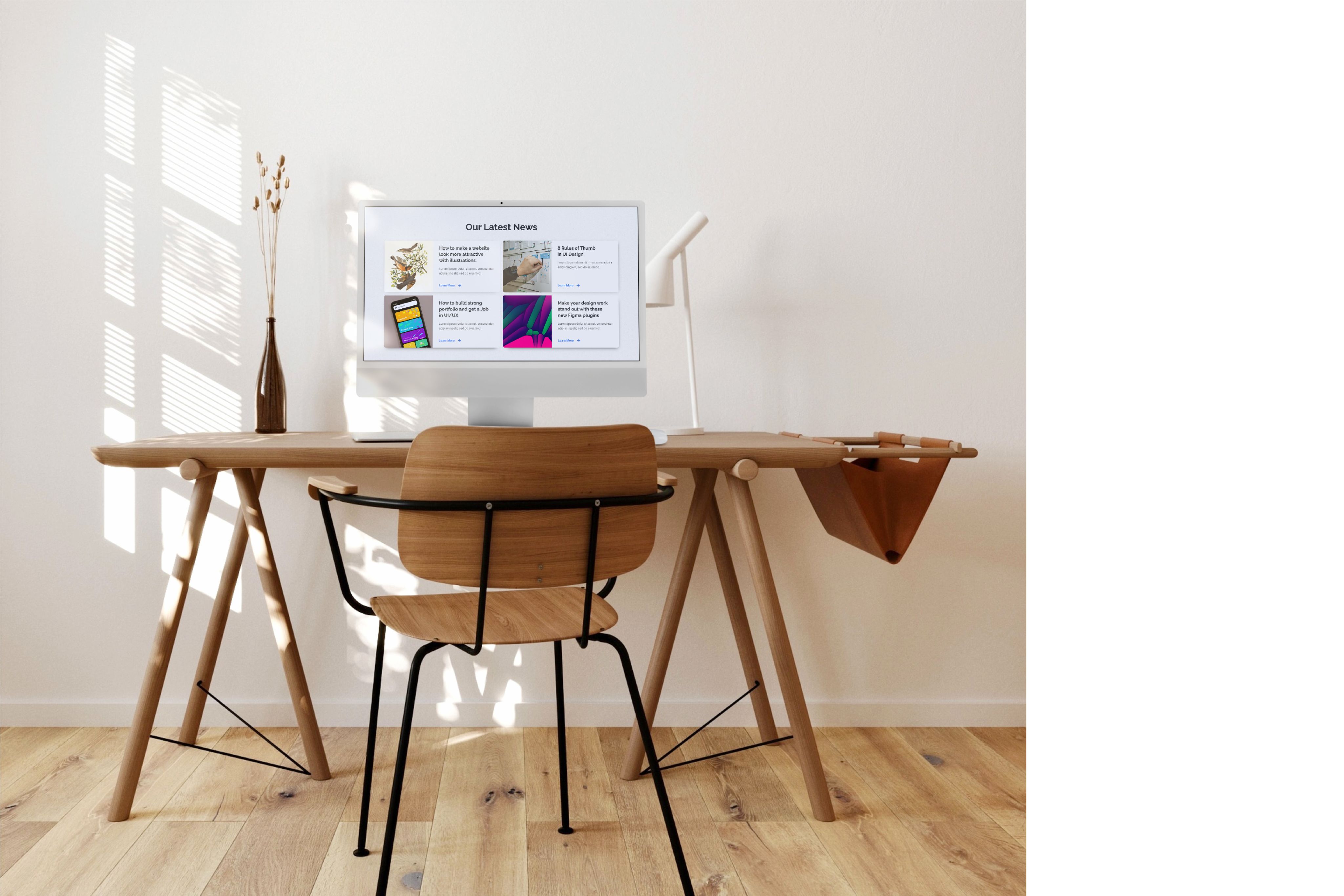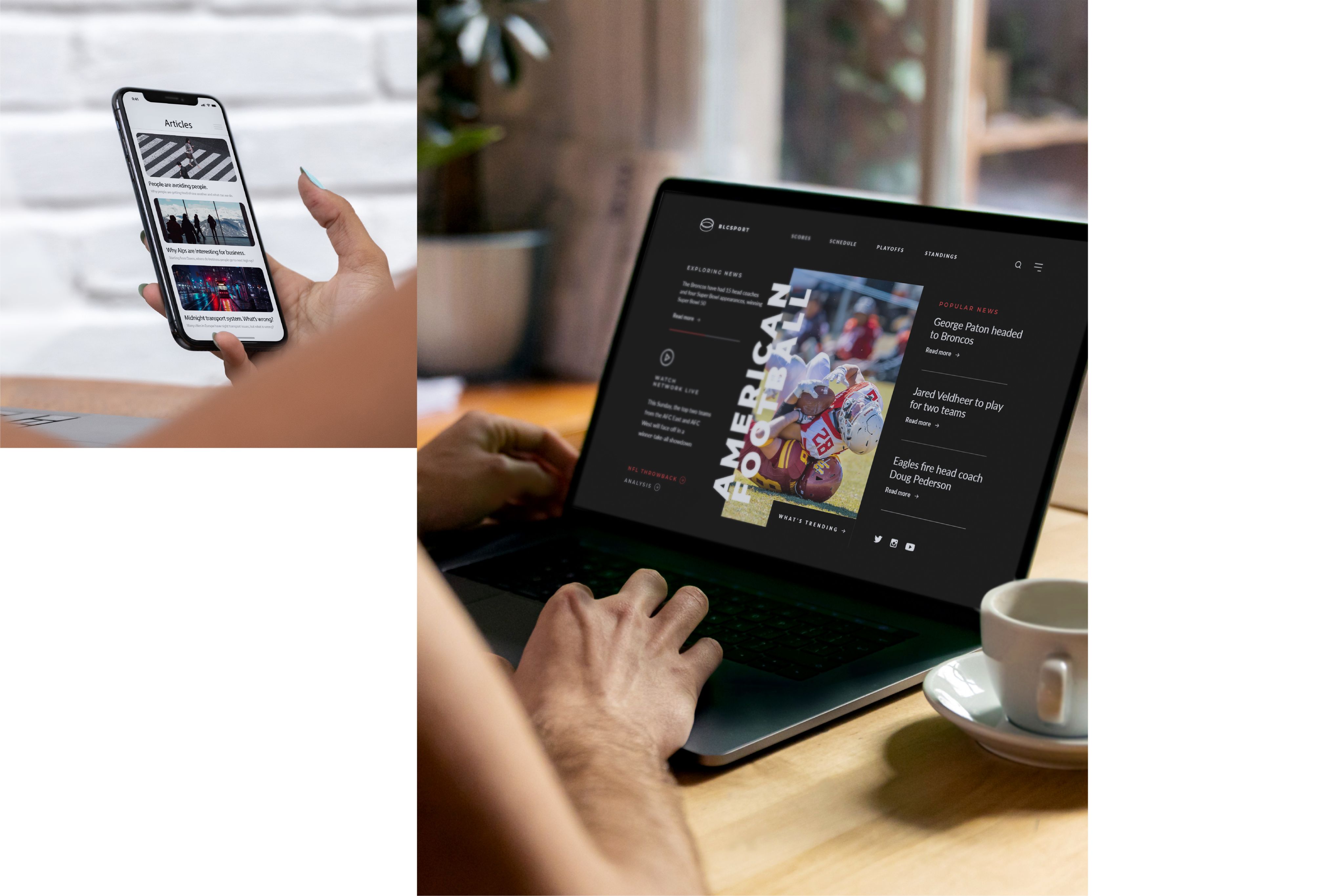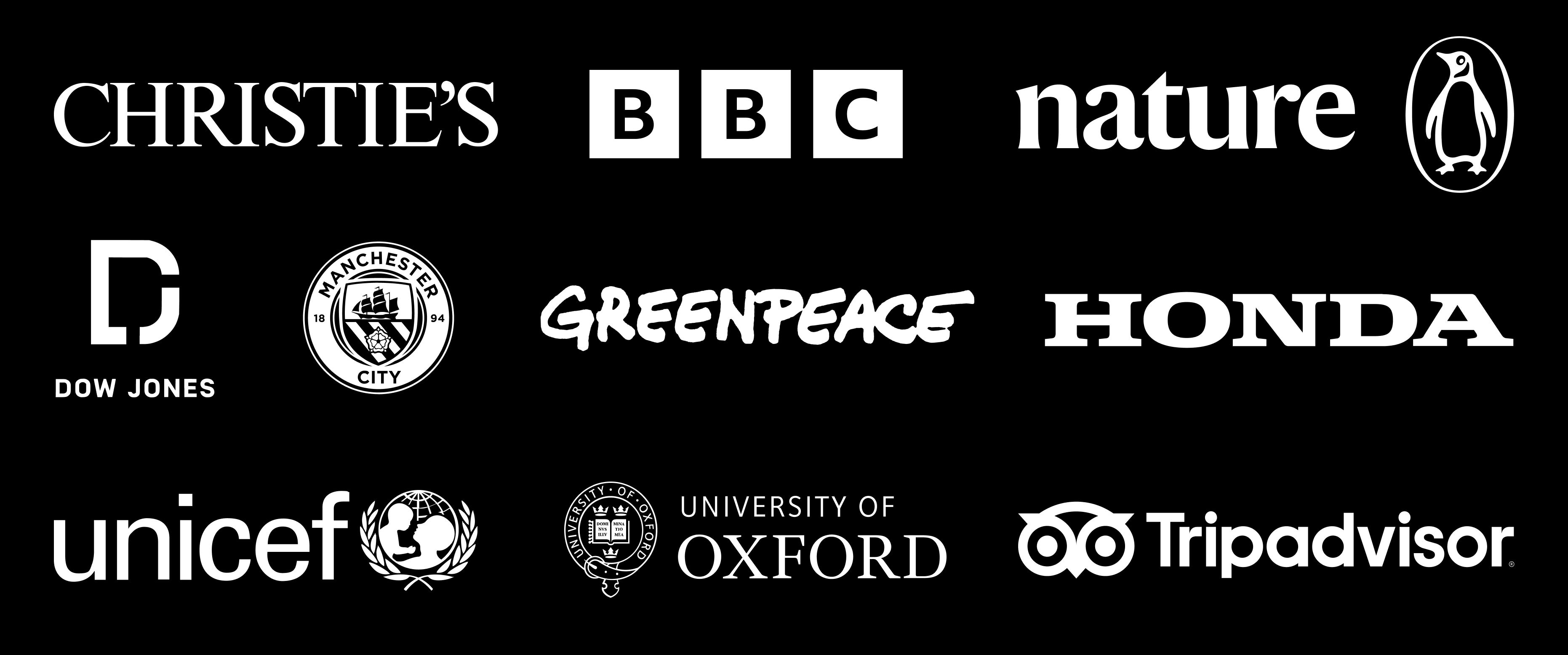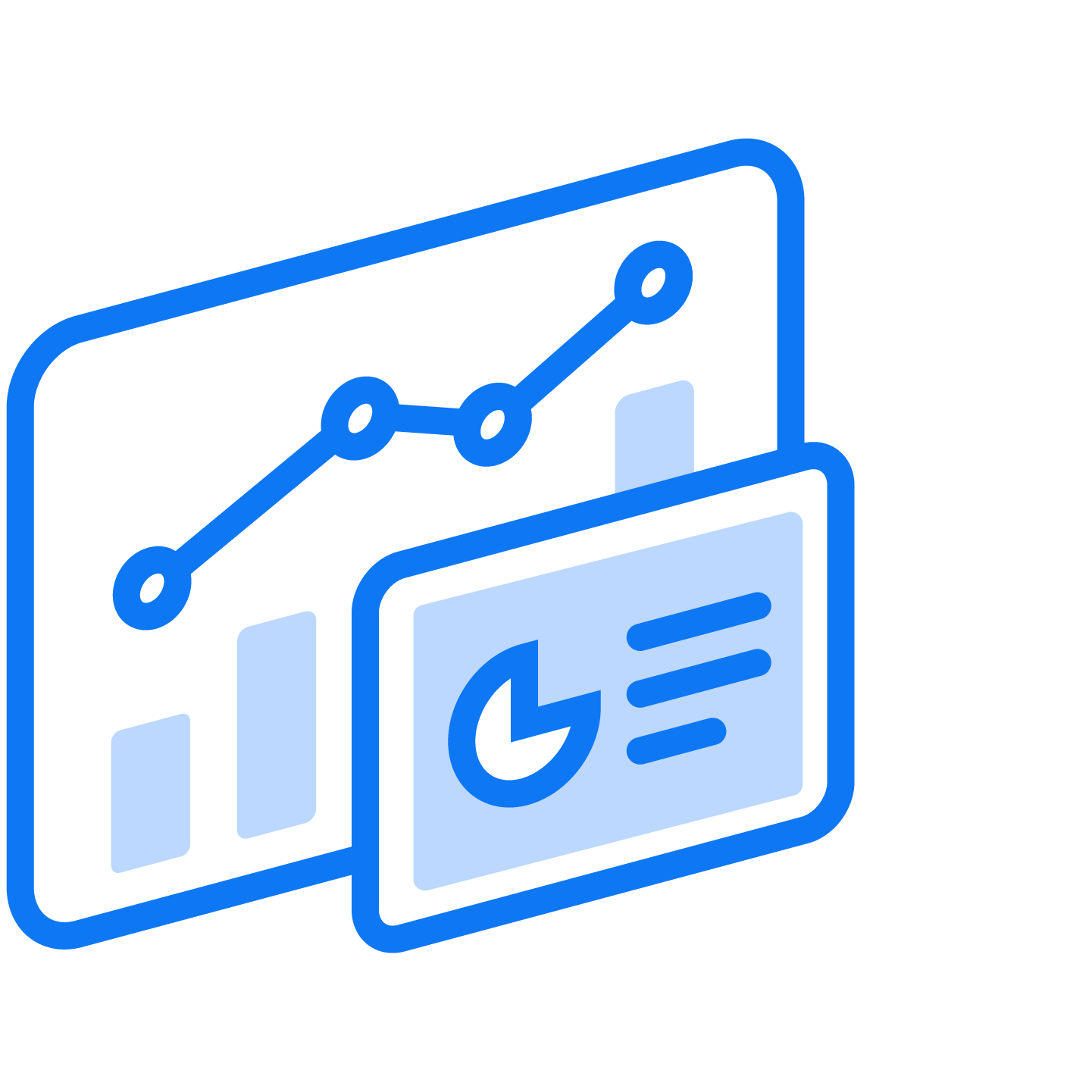An introduction to digital publishing

Where are you reading this article? On your phone while waiting in line at the supermarket? On your tablet? Or perhaps on your laptop during your commute? On average, people spend more than seven hours a day reading, watching, and listening to digital content. The word consume has become ubiquitous when describing our relationship with online media — and for good reason.
The digital media landscape moves fast. New ideas are picked up and discarded just as quickly, and shifting reader expectations can steer publishers in unexpected directions. No-code publishing platforms have transformed media across blogs, journalism, magazines, and ebooks — making it easier for non-designers to combine images, words, video, and audio in ways that fulfil some of the internet’s earliest ambitions.
In this article, we’ll explore those early aspirations and examine the current state of today’s most common digital content formats.
We'll cover:
Start creating with Shorthand
It's the fastest way to publish beautifully engaging digital magazines, reports, internal comms, and more.
Loved by the world's most iconic brands
Loved by the world's most iconic brands
How has digital publishing evolved over time?

Digital publishing can be traced back to 1971, when a University of Illinois student, Michael Hart, was given access to the university’s mainframe computer system, which was connected to a network that would go on to become part of the internet. He was interested in using his time on the computer to explore the potential of sharing information.
He’d been given access on 4 July 1971, Independence Day, so he thought it would be a nice touch to digitise the United States Declaration of Independence. After typing it up, he tried to send it to everyone on the network, only to be convinced to make it downloadable instead.
This was the world’s first ebook, and led to him founding Project Gutenberg, a website that offers free downloads of public domain ebooks, with a focus on digitising and making accessible cultural works.
Through the 1980s and 1990s, publishers started moving away from traditional publishing and started experimenting with formats such as magazines saved onto CD-ROMs, and the first ebooks.
But it was in the early 2010s that digital publishing really took off, turbo-charged by the widespread adoption of mobile apps and changes to Google’s algorithm that meant quality content rose to the top of search results.
In 2012, a new type of digital article made waves, ‘Snow Fall: The Avalanche at Tunnel Creek’ by reporter John Branch was published by the New York Times.
Featuring interactive graphics, animations, and videos, the article took a team of eleven staffers more than six months to assemble — something that was far out of reach to most publishers, who were still largely restricted to uploading PDFs. If publishers wanted to produce visually immersive, image-rich content, they had to invest heavily in developers and other technological support.
In response, companies started to develop ways to make attractive, immersive online content. Digital storytelling platforms have become an easy way for writers and editors to build visually engaging stories without having to write code.
What is digital publishing?

Digital magazines
Digital magazines have come a long way from their early days, when they were largely limited to PDF facsimiles, or flipbooks of their print versions that were hosted on websites, or attached to emails.
Today, most magazines have digital versions that use images, video, and content design that is specific to the experience of reading on the web, like the School of the Art Institute Chicago’s biannual magazine. And while 63% of millennials said that they love the touch and feel of a print magazine, producing print versus online magazines doesn’t have to be a mutually exclusive proposition.
Digital magazines can be a great way to provide additional interactive material for print readers, or can be used as lead generators to attract new readers and increase subscriptions and memberships to the print version. When Imperial College London started publishing its magazine online, it saw 142% higher average unique pageviews and 50% higher average time on page in less than a year.
- Not sure where to start? Try one of our free digital magazine templates.
Blogs
Blogs have come a long way from when Justin Hall, then a student at Swarthmore College, started a website called Justin’s Links from the Underground, which is widely considered to be the first ever blog. Today, you can find blogs on everything from cooking to life advice from medieval books.
The changes in Google’s algorithm have affected the blog ecosystem. For bloggers looking to bubble to the top of search results, best practice for length sits around 1500–4000 words. Shorthand's own research matches up with this. As a result, bloggers are looking for ways to break up their writing and incorporate visual features like photos, graphics, and videos.
Ebooks
Ebooks are one of the strongest growing sections of the publishing industry, with ebook sales now totalling more than $956 million in revenue. New business models are emerging as retailers and print publishers adapt to this market.
Digital publications are a strong way to share specialised knowledge and collect readers’ contact information. Many common formats, including PDF and EPUB, have clear limitations. PDFs and flowable EPUBs offer little interactivity. Fixed-layout EPUBs support richer features but aren’t reader-friendly and work on fewer devices. Another option is to publish chapters as individual web pages, which improves accessibility and searchability.
Guides, brochures, and programmes
Digital publishing provides a wealth of opportunities for businesses and organisations to publish information, user-friendly guides, and programmes, and connect with their audience beyond the physical constraints of print media. When Manchester City published its women’s digital matchday programme online, it let their fans get a peek behind the scenes, with stunning photos, videos, and interviews with some of the players.
Journalism
Journalism has changed rapidly in the digital age. Today, a job ad for a journalist is almost as likely to ask for multimedia skills as writing skills. With 86% of Americans and 72% of Europeans reading news online, digital publishing, via both apps and the browser, has become a priority for many news outlets. Even though this type of publishing presents as many challenges as it does opportunities, broadcasters like the BBC, Sky News, and NBC have embraced digital publishing tools to tell engaging stories in new ways.
- Want to brush up on your skills? Read how to interview like a journalist.
Virtual galleries and online collections
Today, galleries, museums and libraries have unprecedented opportunities to share their collections and catalogs with the world through web technologies. Art galleries publish features that seamlessly embed their visual arts collection with informative and thought-provoking essays. Meanwhile, museums and libraries can create detailed interactive exhibitions, like this award-winning exhibition about travel from Durham University’s Palace Green Library.
- Discover how to create a virtual gallery.
Content marketing
Content marketing rose directly out of online publishing, with John F Oppedahl coining the term in 1996 to describe the proliferation of blogs and email newsletters.
Content marketing describes the practice of content creation such as videos, text, and social media posts, which are aimed at educating or entertaining a target audience without being specifically sales-focused. Today, many companies produce content marketing, with an aim to achieve 'topical authority' — showing they know a lot about a subject by including the right keywords in well-structured, unique content.
Heineken’s Fresher Football piece provides interesting statistics about football players — always a popular search topic — with the added twist of no gender bias. This content supports Heineken’s brand image of refreshment, together with its strong association with football, without overtly marketing their product.
Reports
With the rise of immersive online publishing, PDFs have become less popular — they can pose problems for accessibility and searching, and are difficult to read on mobile. One of the last strongholds for PDFs has been reports, but even that is changing. Tripadvisor has started publishing white papers that seamlessly incorporate graphics for an attractive, reader-friendly result.
How do people read online?

When you publish online, it’s important to consider how people read in the digital space.
One of the big challenges of digital publishing is cutting through the online crowds. 4.4 million blog posts are published every day, and the average reader only spends 54 seconds on a web page.
This doesn’t mean people have short attention spans — it just means they’re quicker to decide whether or not to engage with a piece of content. In fact, longform content is more important than ever, as it helps with SEO (search engine optimisation), means your readers are more likely to engage, and is versatile enough to be repackaged and repurposed into many different types of short form content, like social media posts.
Credibility is also important for people when they read online, since it can be less clear who has produced the information. One of the main ways of establishing credibility is with premium content that uses high-quality graphics, and engaging, well-researched writing. Outbound links also create a positive impression, as they show that the writing is well-researched, and that the author isn’t afraid to let readers navigate to other sites.
Online publishing also needs to account for how people physically read online. Studies show that people tend to scan online, jumping around to read different parts of the content, so breaking your text up with images, videos and other multimedia elements can take advantage of this.
With phones being the most popular way for people to consume digital content, it’s important that publishers build content that is mobile-friendly. For example, Arab News publishes deep dives that combine articles of 5,000 words or more with photos, videos, maps, and illustrations. They create portrait and landscape versions of their custom illustrations to ensure that the content displays equally well on desktop and smartphones.
Digital publishing is also embraced by companies and organisations across a wide range of industries. In the past, most nonprofits were restricted to printed or PDF reports, with little to engage readers. Today, organisations like the Global Alliance for the Future of Food use digital publishing platforms and templates to produce reports that are attractive and engaging, while still being highly detailed and informative.
Social media continues to have a transformative and controversial effect on digital publishing, with the majority of adults in the US getting their news from social platforms.
Digital publishing teams are changing

The rise of the internet has seen major changes in the structure of teams behind digital publishing. As newsrooms decline in size, journalists are expected to take on more roles, including digital design and social media, and this is where no-code storytelling platforms can allow news teams to publish more stories, more often.
Digital publishing has also created opportunities for different types of storytelling and experimentation within the publishing process. The ease of incorporating interactive graphs, real-time data, and infographics has led to a boom in data journalism, while the emerging discipline of content design has led to a focus on creating reader-first content that has the needs of the person reading it as the primary objective.
Digital publishing is rich with opportunities

We’ve seen how much digital publishing has changed in the last couple of decades. While journalists and content writers have to adapt rapidly and learn new skills, the rise of no-code platforms allows them to publish rich, in-depth stories that increase subscribers and conversions.
We’ve come a long way from the publication of ‘Snow Fall’ over 13 years ago, when it took half a year to create one interactive story.
Now it’s easy for any journalist or marketer to use images, maps, and videos to tell immersive stories that will keep readers engaged.
Start creating with Shorthand
It's the fastest way to publish beautifully engaging digital magazines, reports, internal comms, and more.













